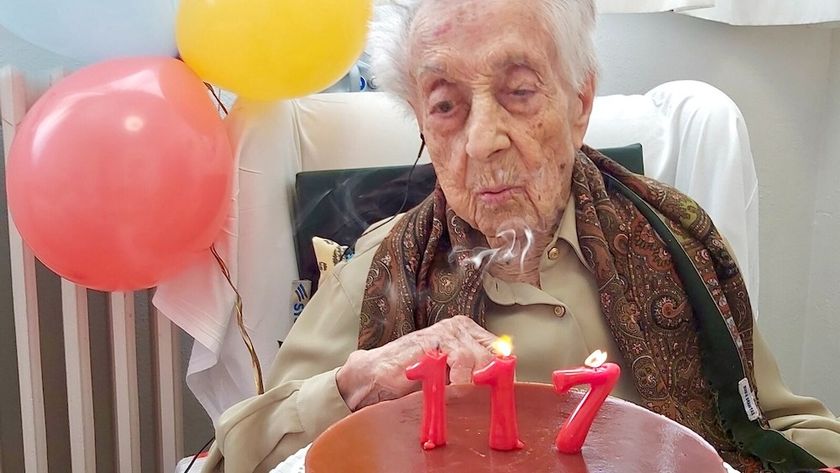Do Men Get Osteoporosis?
This Week’s Question: Do men get osteoporosis?
Yes, men do get osteoporosis, but women are at greater risk.
Osteoporosis, or porous bone, is a disease characterized by low bone mass and structural deterioration of bone tissue. This condition creates an increased risk of fractures.
Osteoporosis is a major public health threat for 44 million Americans; about 68 percent of them are women. One out of every two women and one in four men over 50 will have an osteoporosis-related fracture in their lifetime.
Our bodies remove old bone and replace it with new bone. During our growth stage, new bone is added faster than old bone is removed. We hit peak bone mass around age 30. After that age, we lose more bone than we form.
Who is at risk of getting osteoporosis?
The chances are greater if you are a woman. Women have less bone tissue and lose bone faster than men because of changes from menopause. Small, thin-boned women are at greater risk. Caucasian and Asian women are at highest risk. Age is a major risk factor because bones become thinner and weaker as you age. Heredity can also increase fracture risk.
Sign up for the Live Science daily newsletter now
Get the world’s most fascinating discoveries delivered straight to your inbox.
Low calcium intake appears to be associated with bone loss. Good sources of calcium include low-fat dairy products, dark-green leafy vegetables, almonds, and foods fortified with calcium, such as orange juice. Some people may need to take a calcium supplement.
Vitamin D plays an important role in calcium absorption and in bone health. It is made in the skin through exposure to sunlight. Vitamin D production decreases in the elderly, in people who are housebound, and for people in general during the winter. Depending on your situation, you may need to take vitamin D supplements.
Bone responds to exercise by becoming stronger. Weight-bearing exercise is the best for your bones. Get off the sofa.
Women who smoke have lower levels of estrogen compared to nonsmokers, and they often go through menopause earlier. Smokers also may absorb less calcium from their diets. Quit.
Regular consumption of 2 to 3 ounces a day of alcohol may be damaging to the skeleton. Heavy drinkers are more prone to bone loss and fractures, because of poor nutrition and increased risk of falling. Quit or, at least, cut down.
People may not know they have osteoporosis until their bones become so weak that a bump or fall causes a hip to fracture or a vertebra to collapse. See your doctor for a check-up.
Following a comprehensive medical assessment, your doctor may recommend that you have your bone mass measured. A bone mineral density (BMD) test is the best way to determine your bone health. BMD tests can identify osteoporosis, determine your risk for fractures, and measure your response to osteoporosis treatment. The most widely recognized bone mineral density test is called a dual-energy x-ray absorptiometry or DXA test.
A comprehensive osteoporosis treatment program includes a focus on proper nutrition, exercise, and safety issues to prevent falls that may result in fractures. In addition, your physician may prescribe a medication to slow or stop bone loss, increase bone density, and reduce fracture risk.
- 10 Things You Didn't Know About You
- 7 Solid Health Tips That No Longer Apply
- Take the Body Quiz
The Healthy Geezer column publishes each Wednesday on LiveScience. If you would like to ask a question, please write fred@healthygeezer.com. © 2009 by Fred Cicetti.












